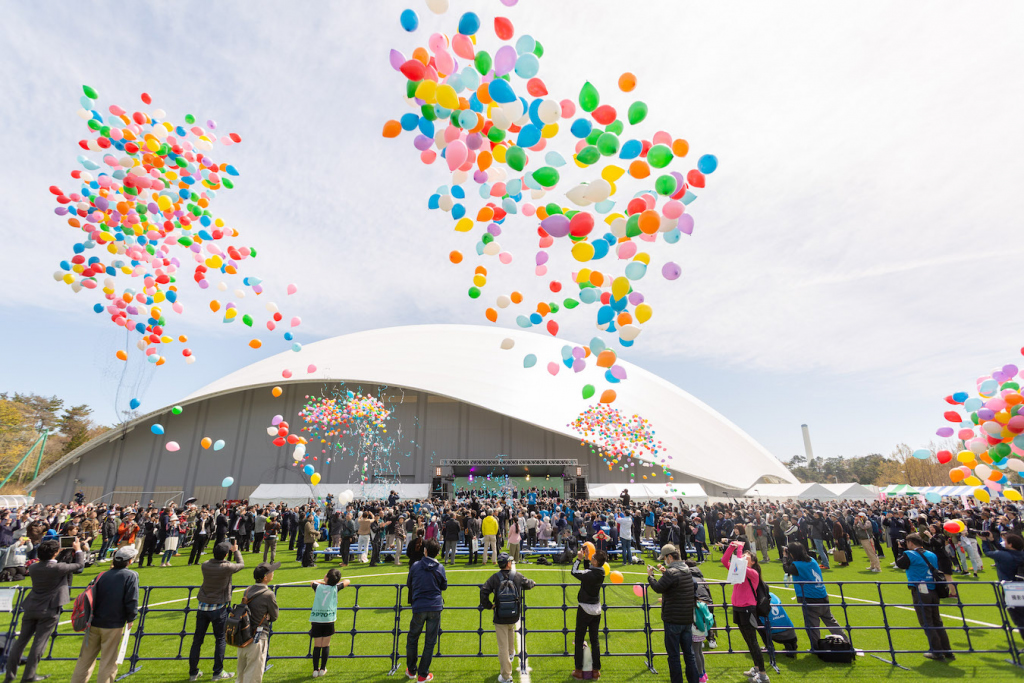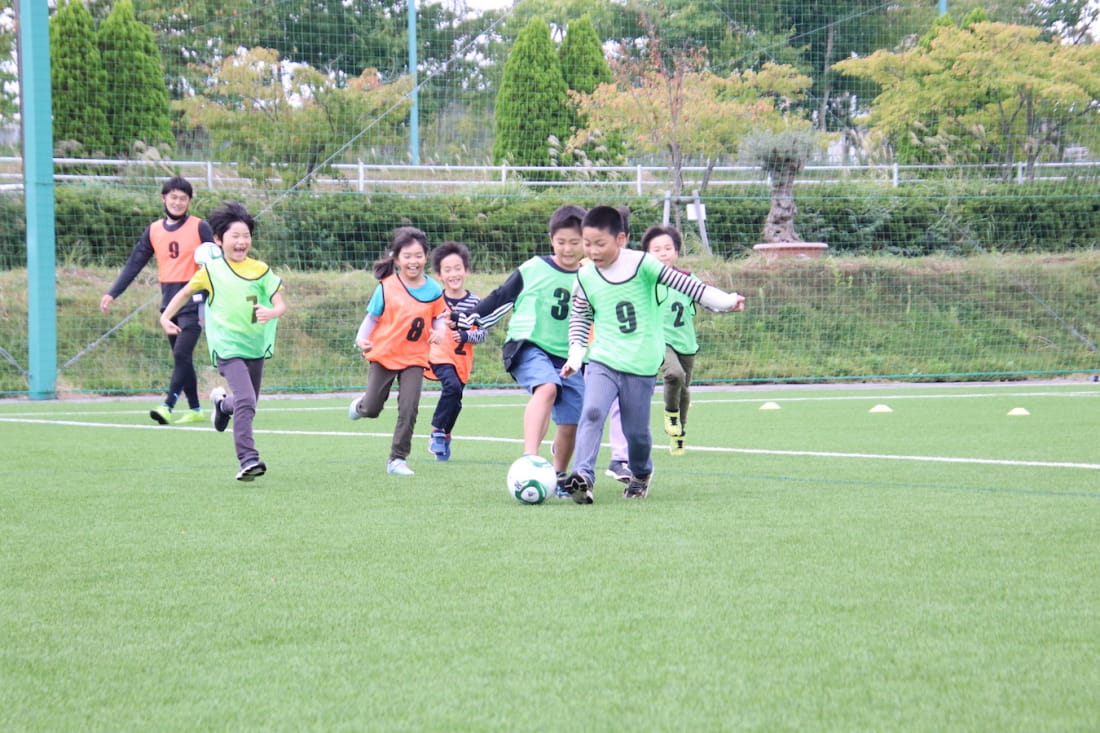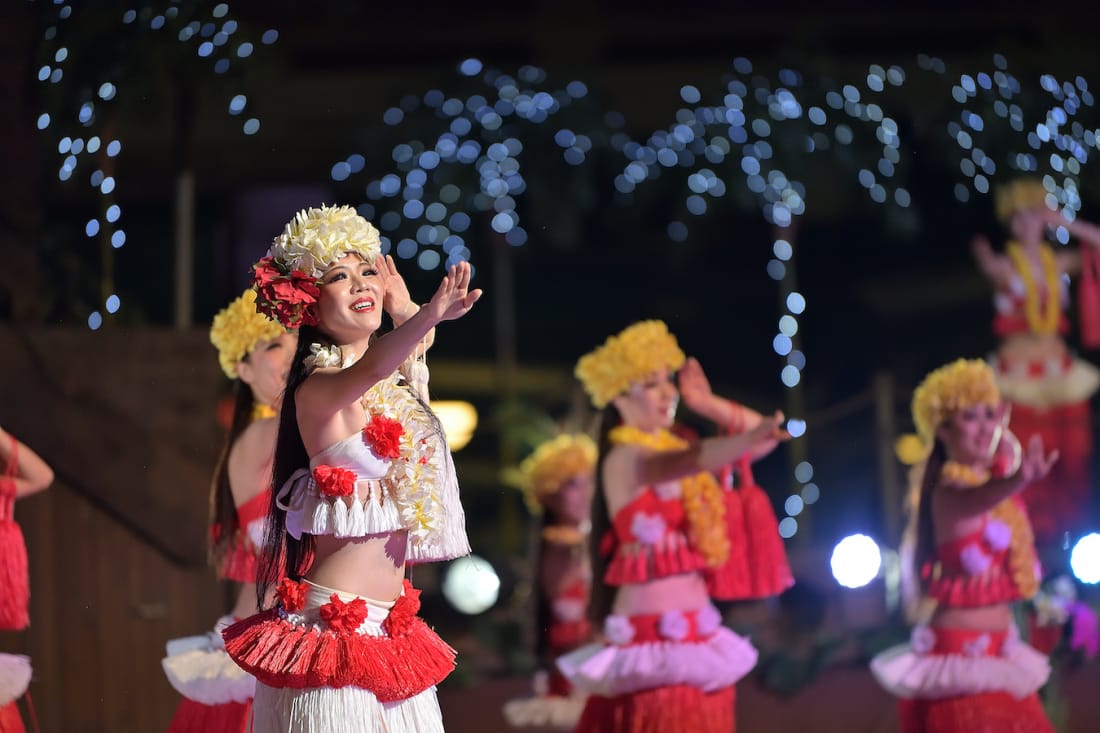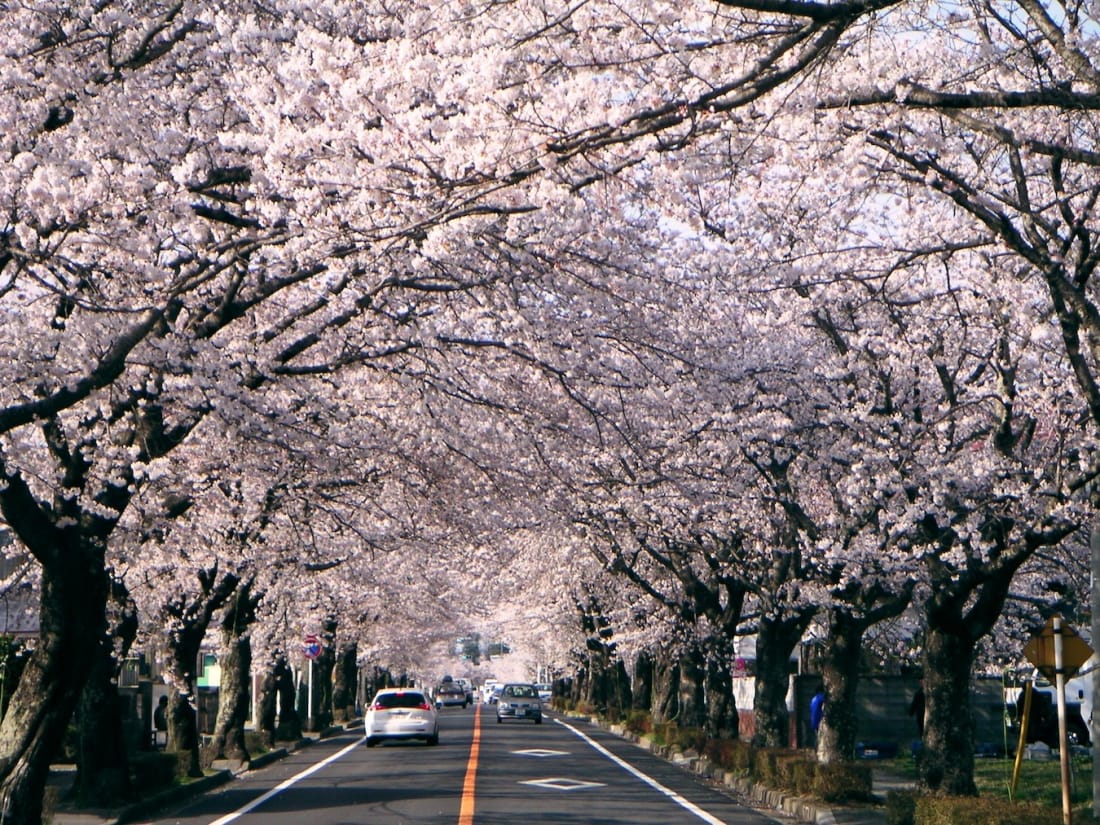The events of 2011 have left an indelible mark on the coastal region of Fukushima, but the residents are eager to create a new narrative moving forward. With the Tokyo Olympic torch relay slated to begin here on March 25, the eyes of the world will be watching. We visited three noteworthy spots to speak firsthand with residents of this resilient and beautiful region of Fukushima about their journeys over the past decade.
Kicking Off a New Era Through Sports
The torch relay kicks off at J-Village, a vast sports complex and Japan’s first national soccer training center when it opened in July 1997. Over the years the center became a mecca for players, coaches and officials, serving as the training base for Japan’s national teams among many others. However, in the aftermath of March 11, J-Village pivoted to take on a completely different role: operational base for those dealing with the Fukushima Daiichi Nuclear Power Station accident.
“J-Village is located just outside the 20-kilometer evacuation zone surrounding the power plant, and we became the base for frontline personnel in the wake of the disaster,” explains J-Village representative Nobuo Shimazaki. “We hosted construction workers, engineers, researchers, government officials, the media—anyone who needed access. Several pitches were turned into a parking lot, and around 1,000 prefab units were erected to accommodate everyone.”
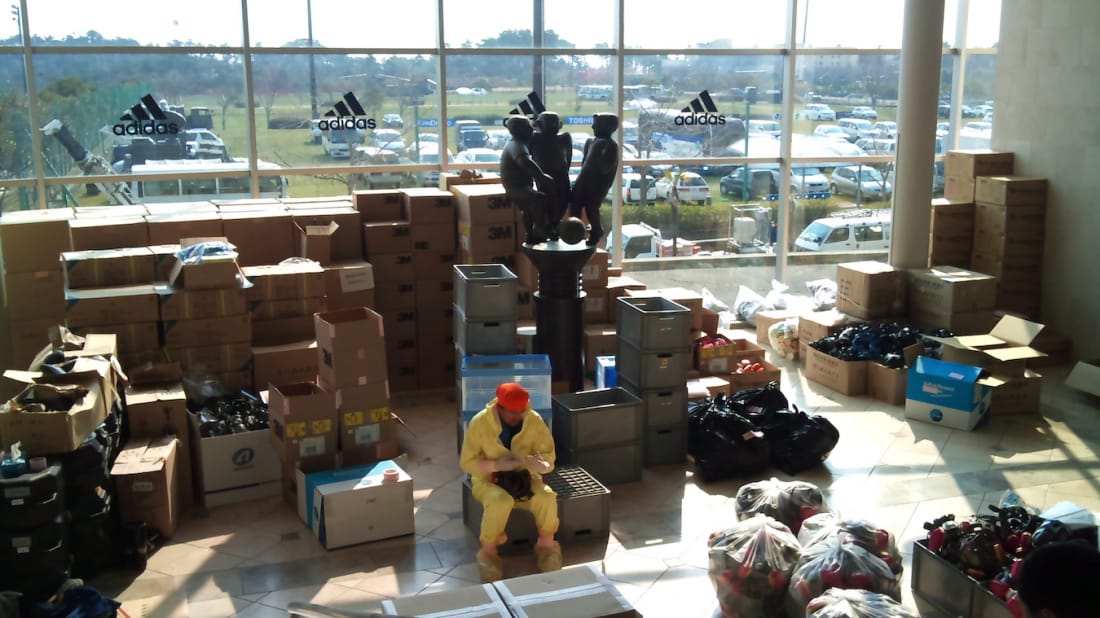
Regular business activities were partially resumed in July 2018, followed by a full re-launch in April 2019. The new J-Village Station, part of JR East’s Joban Line, was opened at the same time. Today the center boasts a range of world-class training, leisure and accommodation facilities, all of which are open to the general public.
While soccer still remains supreme, Shimazaki points out that J-Village has the flexibility to host events for a variety of sports, as well as to cater to leisure and business travelers. In the lead-up to the 2019 Rugby World Cup, Argentina’s national team chose J-Village as their training base.
However, it isn’t just about attracting big names. With an eye firmly on supporting Japan’s up-and-coming generation and giving back to the community, J-Village is equally committed to hosting youth-oriented events, such as soccer schools for local youngsters. “While we are a national facility, we are just as much part of the community here, and we are proud to represent both these aspects,” Shimazaki says.
Iwaki—Where Hula Meets Hot Springs
The nearby city of Iwaki is home to Spa Resort Hawaiians, which has become a beloved icon since opening in 1966. The area was long known for its coal field but as Japan switched to alternative source of power, a company executive hit upon the idea of creating a new business based around the nearby hot springs.
“It was an inspired decision to open a Hawaiian-themed resort”
“Japan’s fascination with overseas culture was growing in the 1960s, but relatively few people could travel abroad then so it was an inspired decision to open a Hawaiian-themed resort,” explains Hidefumi Kunii of the Spa Resort Hawaiians sales and planning team.
From the outset the resort was committed to benefiting the local community as much as possible, and the original troop of in-house hula dancers were all daughters of company employees. Today, applicants come from all over Japan.
“Two major developments helped to raise our national profile: One was the popular 2006 film Hula Girls, directed by Lee Sang-il and based on our resort. The other was the national tour by our dancers following the 2011 earthquake,” Kunii says. “Part of the resort was damaged in an aftershock and so the troop embarked on a six-month tour to 26 prefectures during the renovations. They performed in baseball stadiums, at festivals, at department stores, at evacuation centers—anywhere they could.”
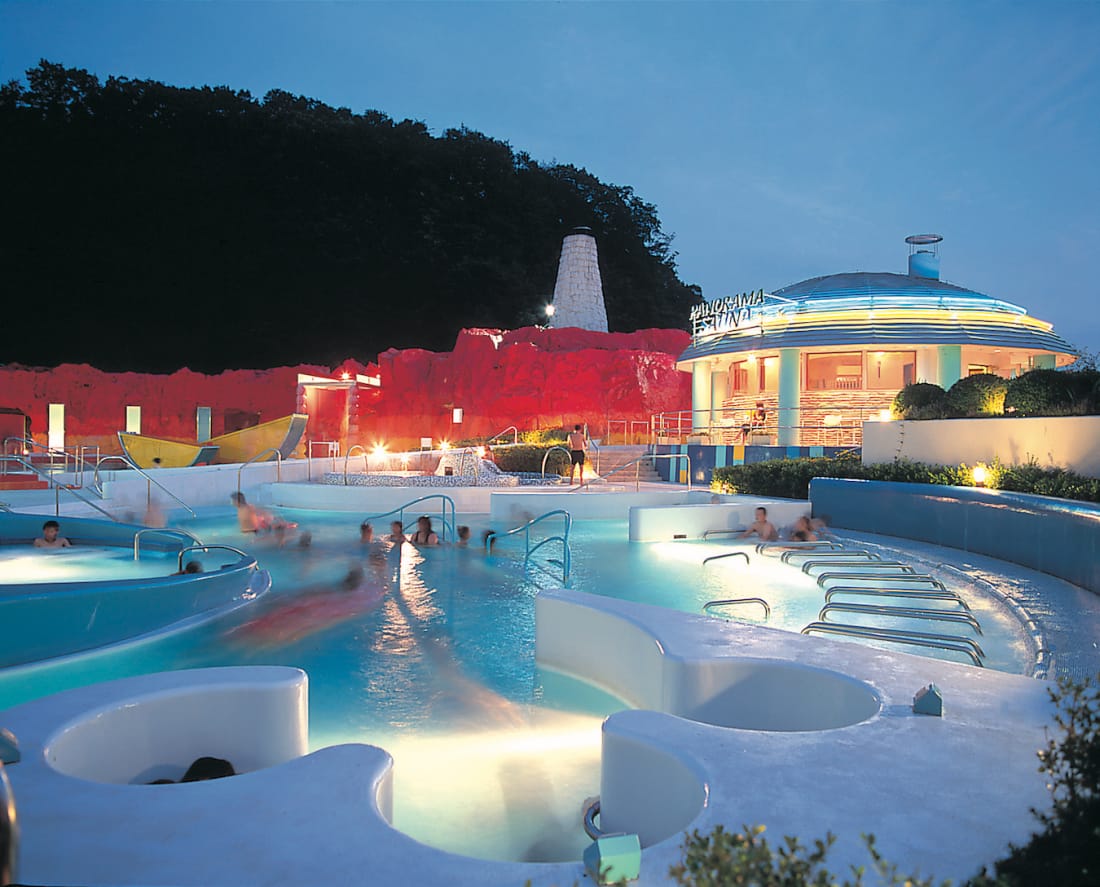
Spa Resort Hawaiians re-opened early in 2012. The resort’s proximity to Tokyo makes it an ideal getaway, and with an onsite hotel, restaurants, pools, spa facilities and a golf course—as well as those famous hula dancers—there is truly something for everyone.
Hope Blooms in Tomioka
Tomioka is known for the beautiful cherry trees in Yonomori Park and the surrounding areas, but few areas suffered more than this small town in 2011. Not only did it sustain damage from the earthquake and tsunami, but the entire town had to evacuate as it was located inside the 20-kilometer evacuation zone around the Fukushima Daiichi nuclear power plant.
A gradual lifting of restrictions for certain areas has seen some former residents return, including the three staff members at the Tomioka Tourist Office, which reopened in October of 2019.
“This is my hometown and I want to help bring it recovery”
The youngest and newest member of the team is 33-year-old Kazumasa Kohata. In 2011 he was starting out in his chosen career as a kindergarten teacher, and has lived and worked in various locations over the ensuing years before joining the Tomioka Tourist Office. “Like all the members of our team, I live in Iwaki and commute over an hour each way to Tomioka. Why? Because this is my hometown and I want to help bring it recovery,” he says.
While Yonomori Park itself is still off limits, portions of the cherry-tree lined road nearby are now open. With the coming of spring, the cherry blossoms offer a metaphor for renewal and rebirth—and something for these resilient residents of Fukushima to hold on to.
[Sponsored Post]

